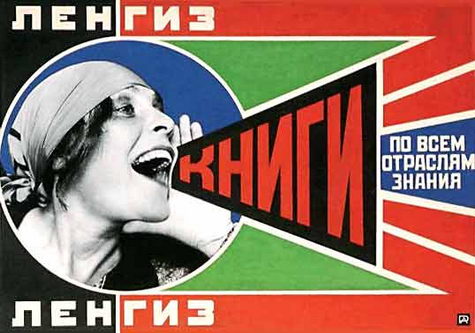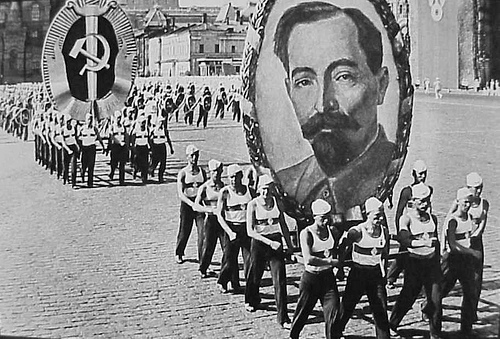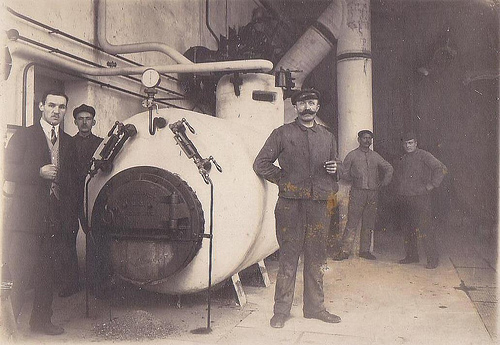20th Century – Revolution, Communists, USSR, Stalin's Industrialisation
The First World War started in 1914, Russia was allied with UK and France and fought against Germany, Austro-Hungarian Empire and Turkey.
This war changed completely the map of Europe and lead to the collapse of the Russian Empire as well. Emperor Nikolay the Second handled the power to the Temporary Government on February 27th 1917.
The Temporary Government attempted to gain control over the country, but it was supported by the bourgeois only.
The situation was used by Bolsheviks who got popularity among soldiers and workers because of their populist slogans and charismatic leader Vladimir Lenin.
Bolsheviks revolted on October 25th 1917. It took four more years of Civil war for Bolsheviks to get control over the whole Russia.
To the end of this period Russian republic was completely devastated.
Millions of people were killed, industry collapsed, famine started, Russia lost control over Poland, Finland, Lithuania, Estonia and Latvia.

The famous Soviet posters drawn by Rodchenko and Mayakovsky come from that epoch. The great Russian filmmakers like Eisenschtein and Djiga Vertov created their best works during that time.
Russian futurism was on the rise.

The forced industrialization claimed a high price. Most of the population lived in misery, millions of peasants died cause state confiscated all their supplies to feed workers.
Many millions of people who were critic sizing the system were jailed and died in prisons.
The other specialty of Soviet industrialization was heavy industry orientation. Stalin believed that powerful army is most important for the state, so heavy industry emerged.
However the consumer goods industry was stagnant. There was lack of food in the country either.




